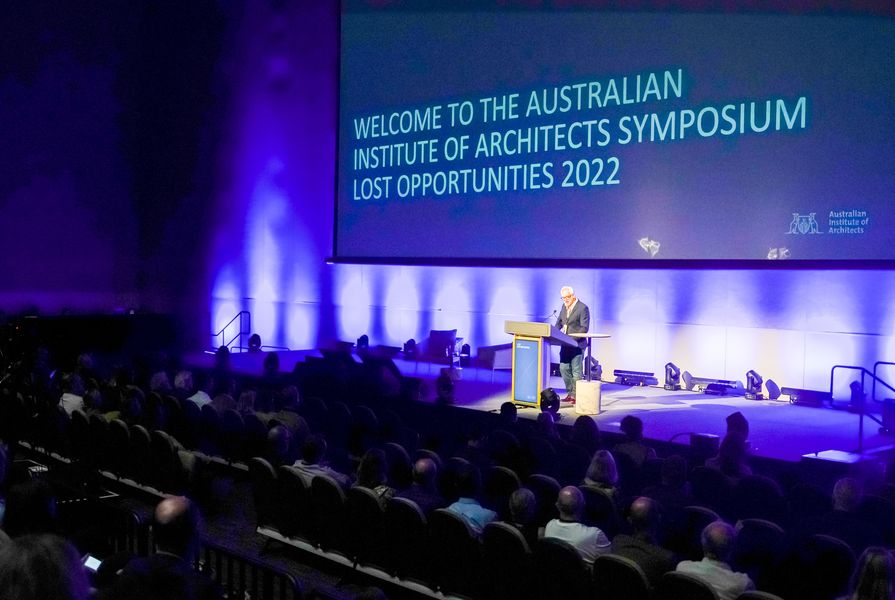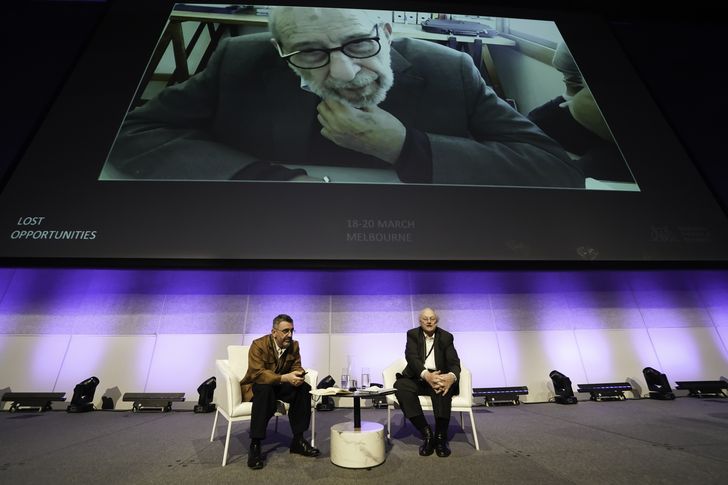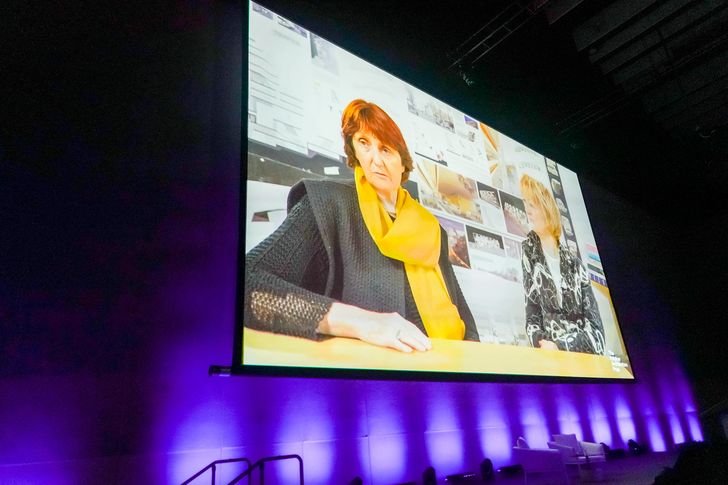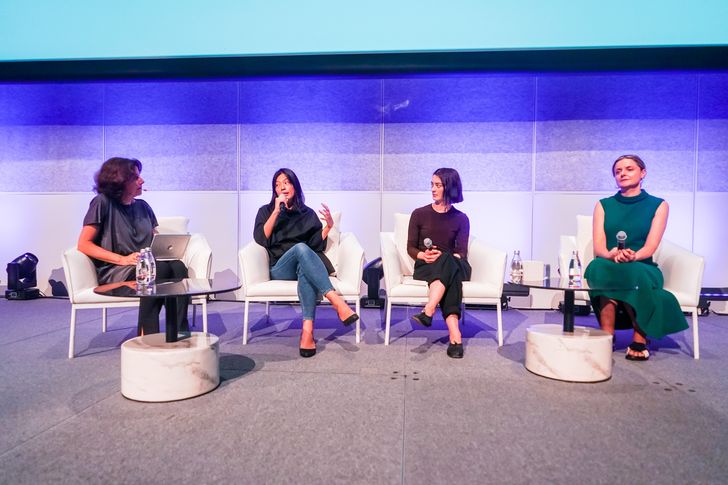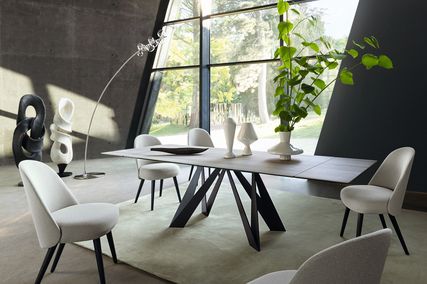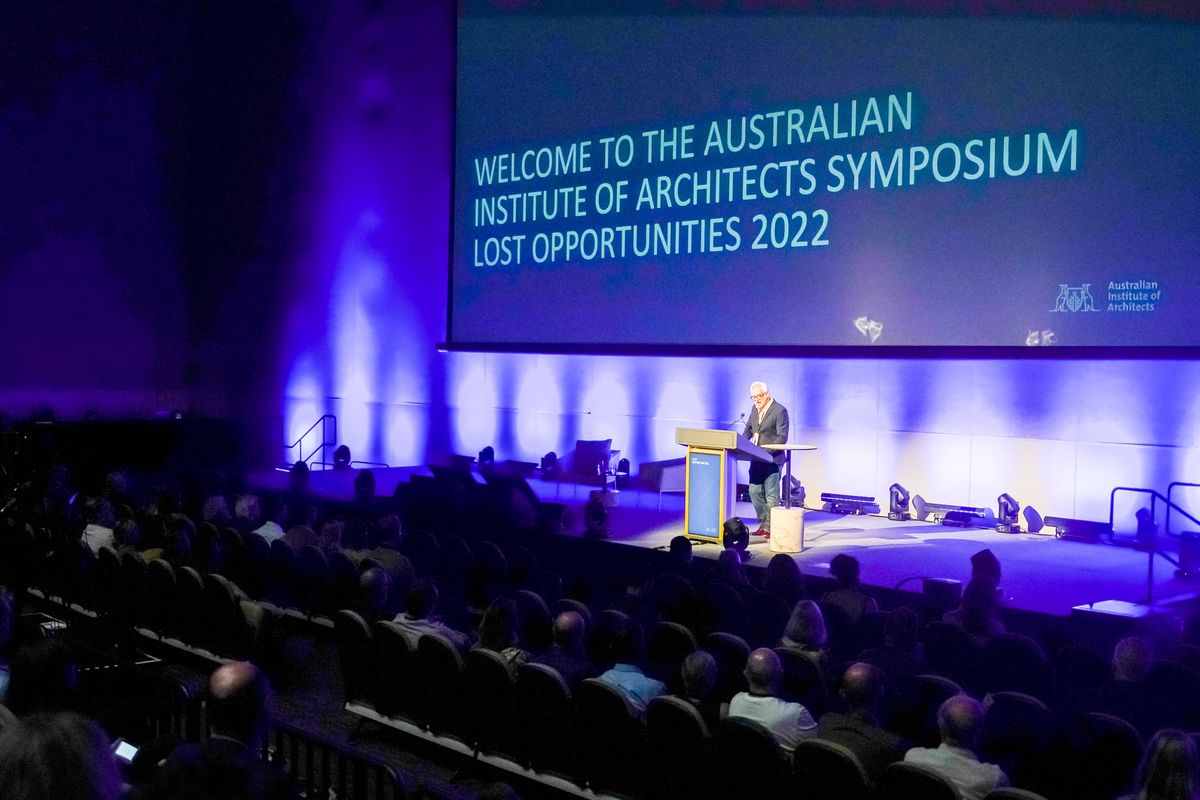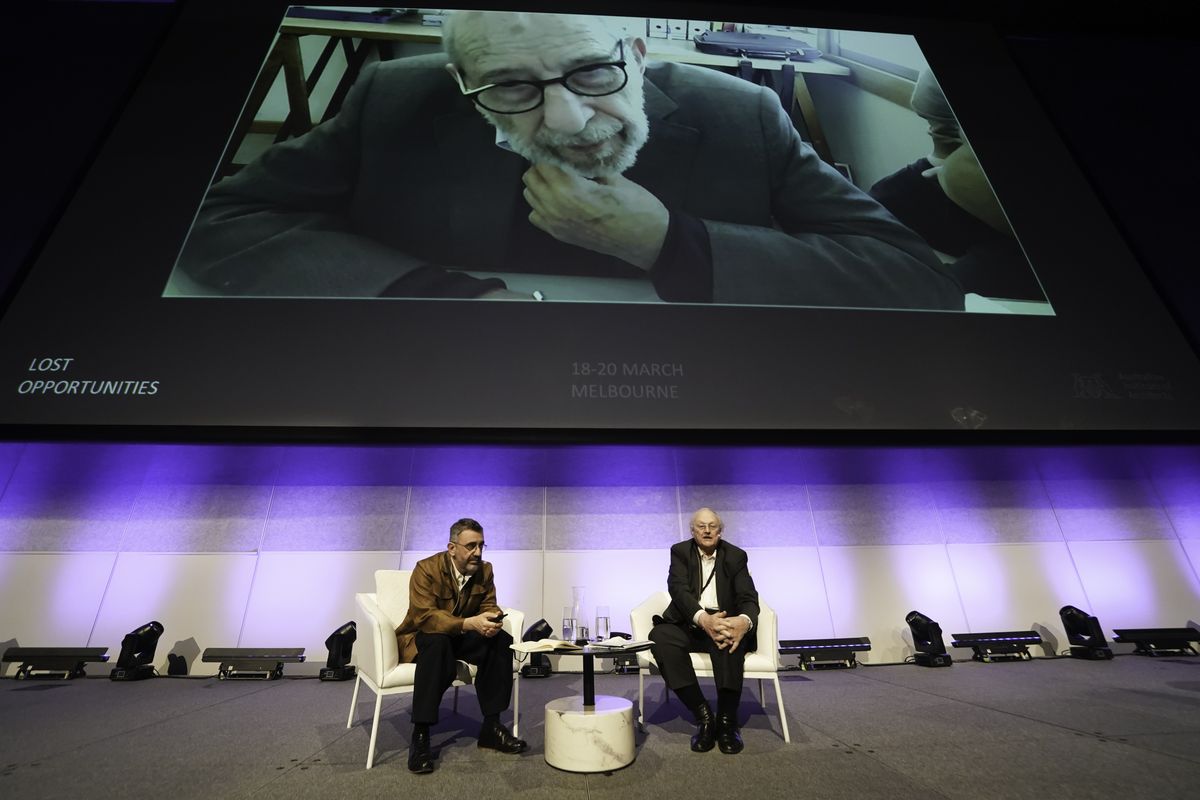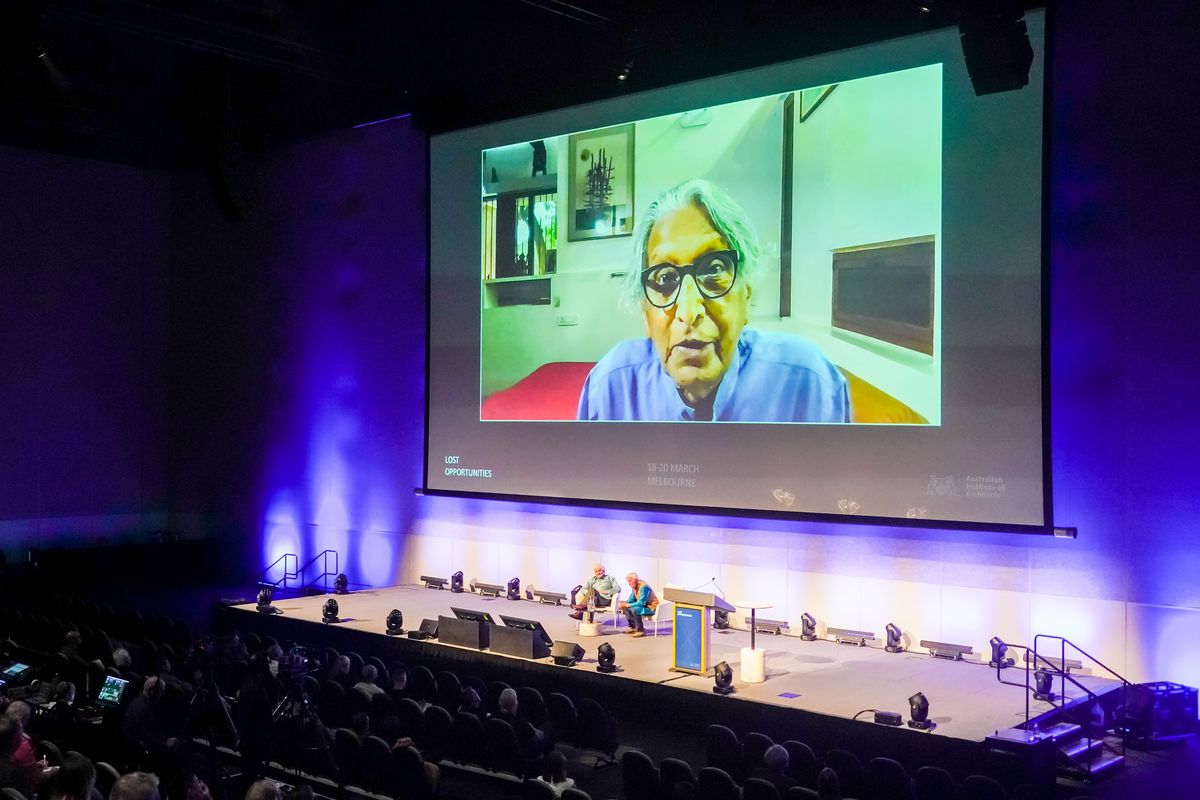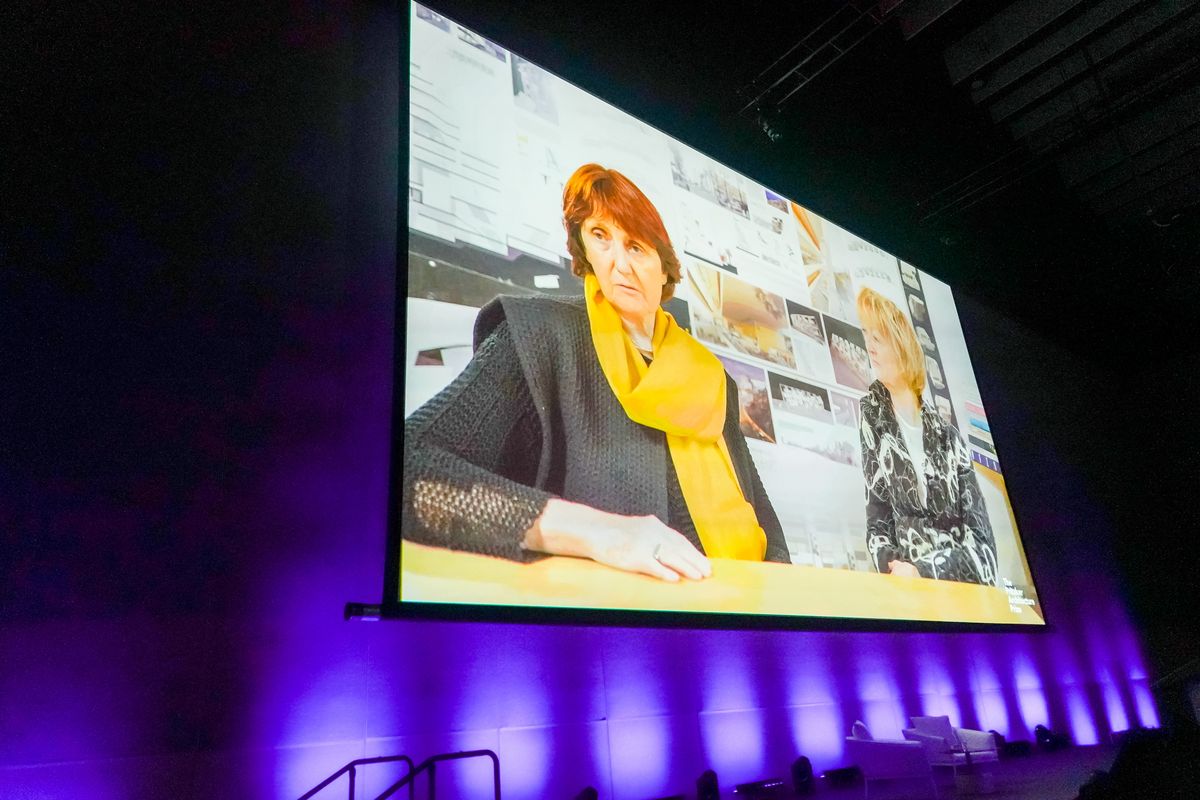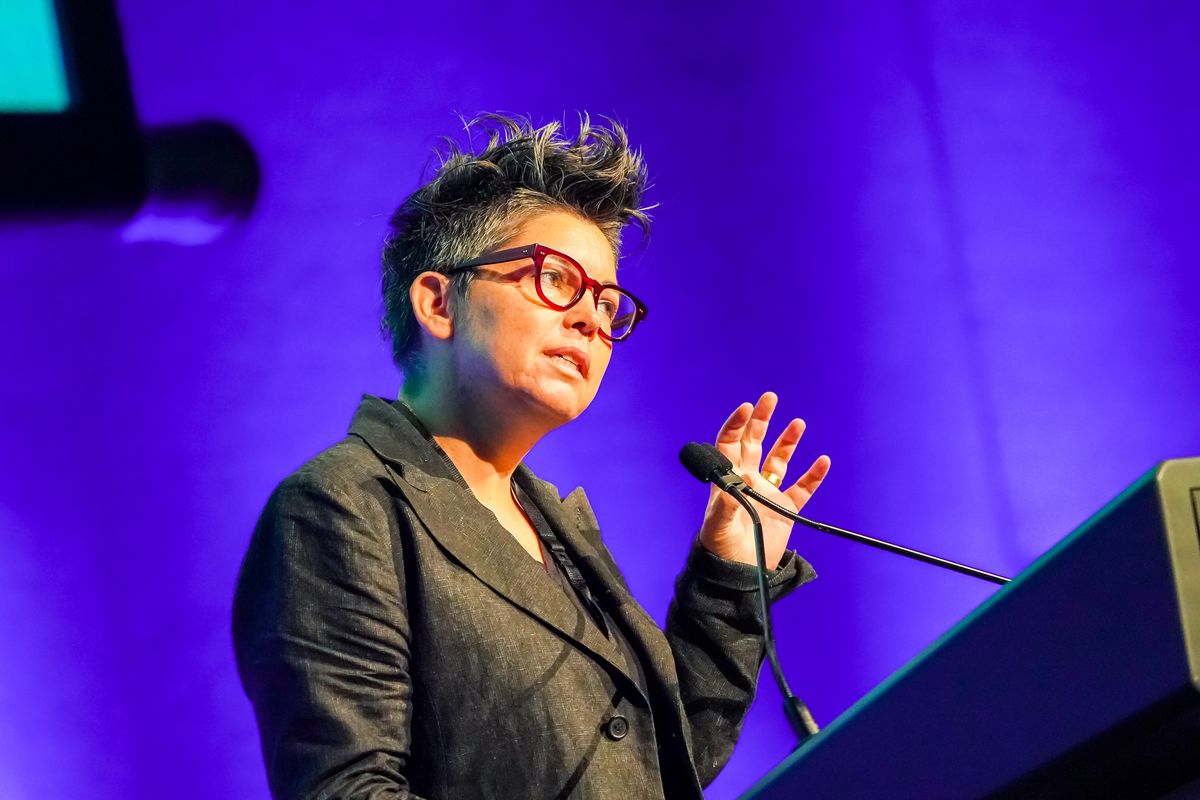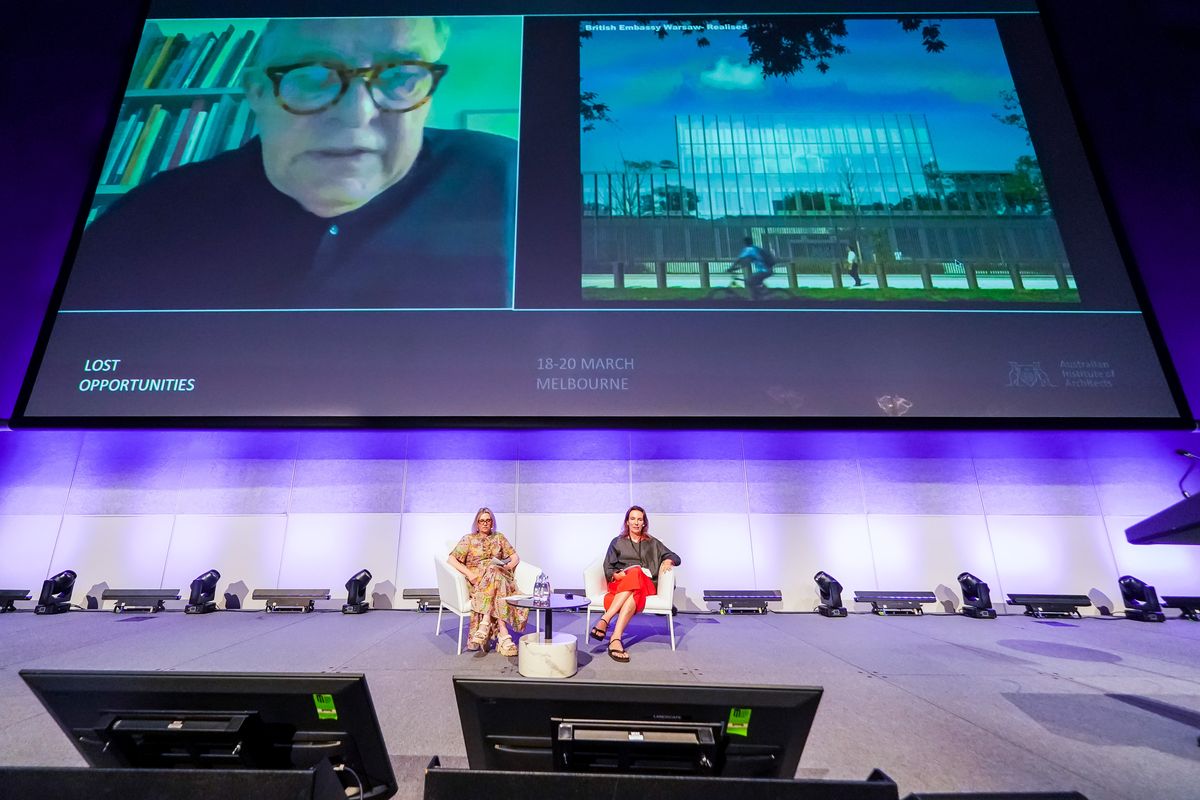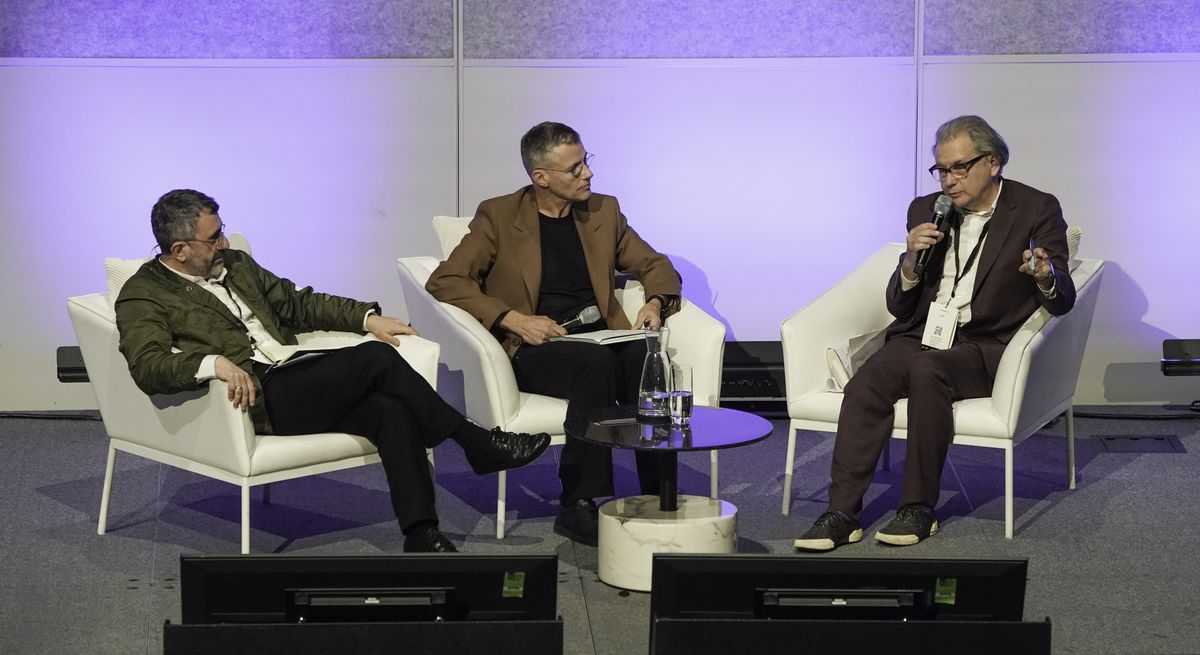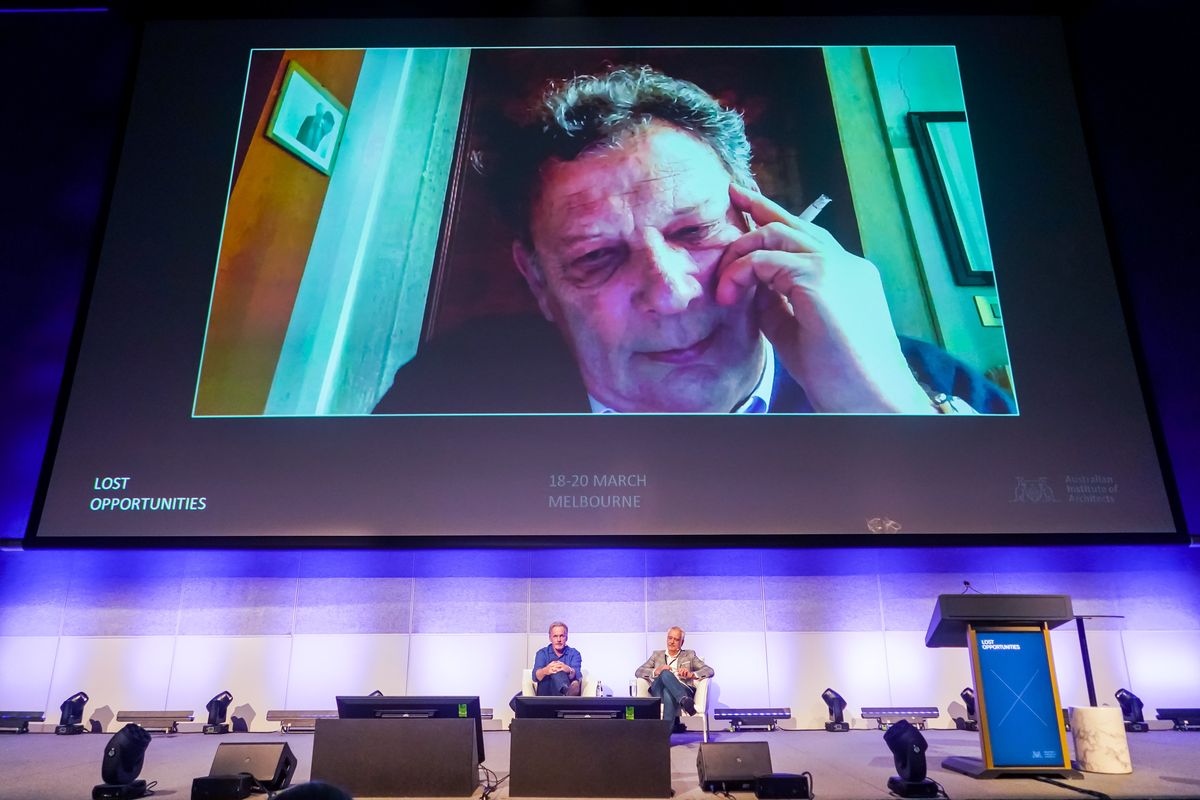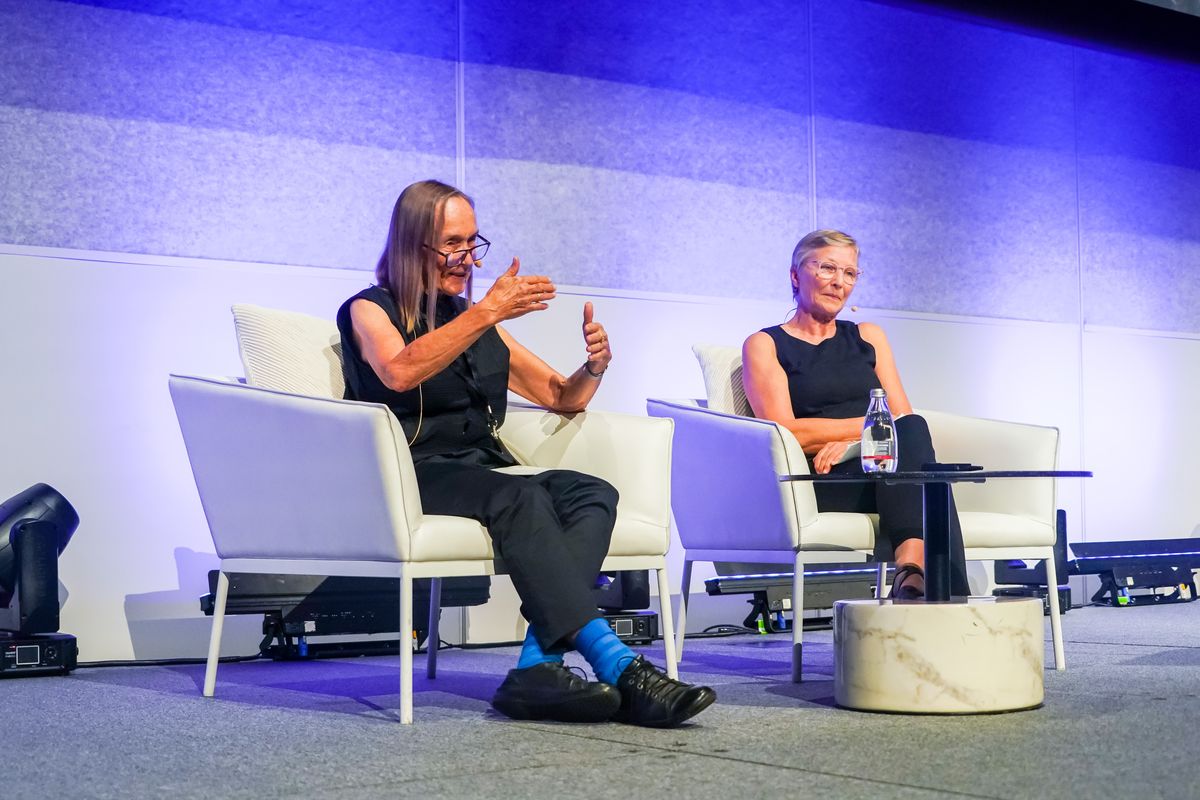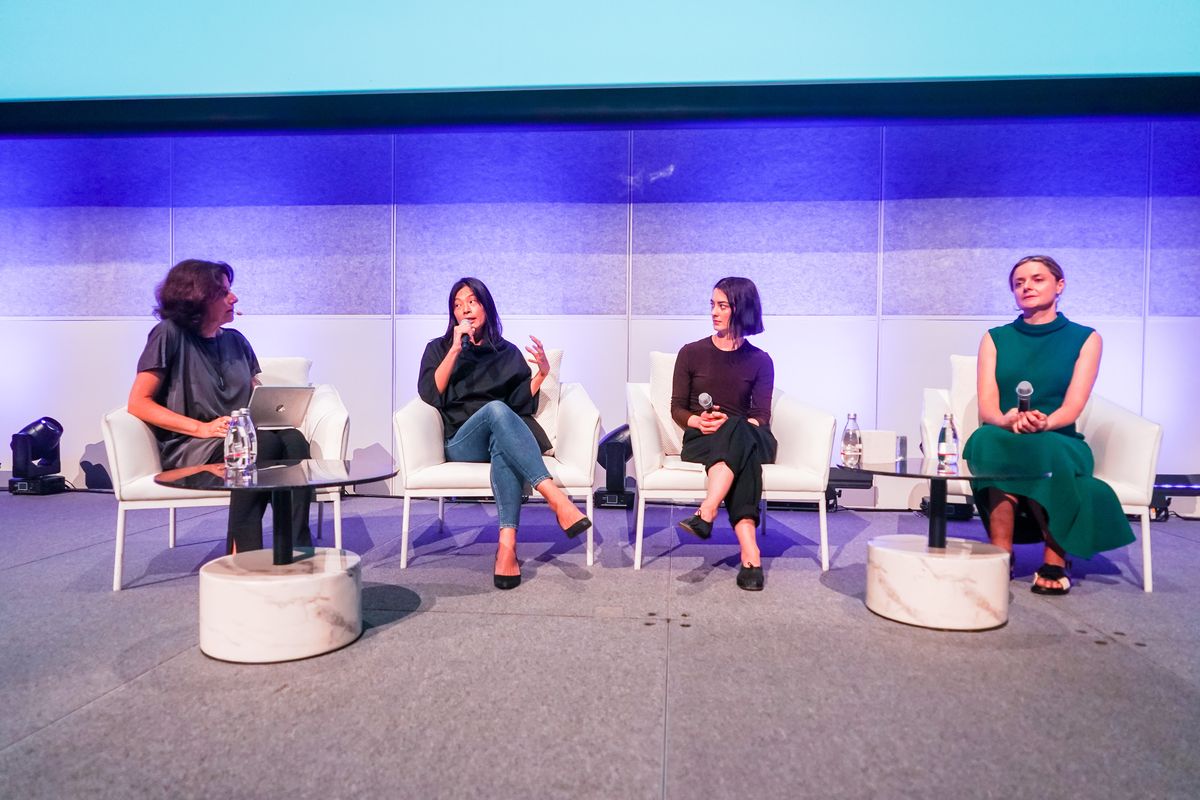“I’m special, so special … I gotta have some of your attention. Give it to ME-e-e…” demands the Pretenders’ Chrissie Hynde on the 1980s playlist at the bar where I’m waiting for the Australian Institute of Architects’ Lost Opportunities symposium to begin. It’s a nostalgic blast from my past, but presages the themes and debates of the next three days. It could be an anthem for either side of the divide that emerged: on one hand, the canon of distinguished mainstream architectural practice; on the other, a diverse community of architects challenging the priorities and boundaries of our profession.
This was the first national gathering of the Institute since COVID struck and torpedoed the planned 2020 National Conference, with its promising theme of Leverage. Lost Opportunities was originally planned as a hybrid event (based in Adelaide) to celebrate the 90th anniversary of the Institute in 2021. But logistical issues pushed the symposium into 2022 and to Melbourne, coinciding with Design Week in that city. Now a substantially face-to-face event, it became a National Conference “lite,” without the usual call for creative directors or early-bird registrations.
Image: Supplied
The premise was a series of presentations from Gold Medallists and Pritzker Prize recipients, taking advantage of the now-ubiquitous Zoom to capture conversations with very senior international practitioners. This makes some sense and does not warrant the criticism that the program was full of old men. Ageism is an insidious form of discrimination and, as Christopher Wren declared, architecture is a mature art. However, the fact that the event was directed by two established men – the current National President, Tony Giannone, and Angelo Candalepas, a previous conference director – fuelled the perception that this aspirationally egalitarian forum had been hijacked. And in the indelible rivalry between Sydney and Melbourne, Candalepas’s recent win of the massive NGV Contemporary project did nothing to endear Lost Opportunities to the local architectural community. He was, to quote the Pretenders again, the “Talk of the Town.”
Although there was a notable absence of many conference stalwarts, and a heightened underrepresentation of academics and students, in-person registrations were over 500 (about half-pre-COVID levels). Given the short notice, this enthusiasm shows the appeal of gathering in person. Conferences are as much about the social and informal exchanges as the program, especially after two years of comparative isolation. “I came for my mental health,” said one seasoned practitioner. “It’s a chance to transcend, a reset … and some nostalgia.”
With a program including six Pritzker Prize winners, there was plenty of transcendental work on show, and much more built work than the Lost Opportunities theme suggests. Teresa Moller extolled the virtues of “doing nothing” in her exquisite Chilean landscape practice, Carme Pigem of RCR Arquitectes spoke only of opportunities in three wonderfully place-specific projects, and Doshi mesmerized with a meditation on time.
Image: Supplied
The standout session was Grafton Architects. Yvonne Farrell and Shelley McNamara’s discussion with Richard Johnson and Brit Andresen was in-depth and inspiring, moving beyond the aesthetic mechanics of architecture to its broader role in “the physics and culture of place.” Dismissing the importance of perfect resolution in favour of a more “casual” concept of beauty, Farrell and McNamara declared that they were less interested in “objects per se” than in how architects make spaces for people: that rather than stasis, cities need to be refreshed every generation. They urged architects to “do more to meet the responsibility of the earth”, and to consider “what can be done to survive in times of plenty and non-plenty.”
In fact, like a cracked vinyl, time became a refrain of the symposium. Good architecture takes time, we were told repeatedly. A more illuminating observation came from the session “Mental Wellbeing in Architectural Education and Practice,” reporting on research projects led by Naomi Stead. These rigorous studies identify the threats to architects’ mental health from unreasonable conditions of time management and remuneration, particularly in early-career practitioners. That this compelling presentation was so poorly attended – and scheduled in the “graveyard shift” of Sunday morning – crystallizes one of the major flaws of the symposium: its lack of diversity and genuine debate.
Image: Supplied
Although the gender balance favoured women on paper, this had only been remedied late in the day, thanks to the concerted efforts of women in the Institute. And the male contingent remained discernibly senior in status. Further, 75 percent of the panels were segregated, as if the things that concern us differ according to gender. Even more alarming was a total absence of any First Nations presence (apart from an Acknowledgment of Country), as either speakers or moderators.
Other aspects also caused unease among the audience and some presenters. The format didn’t foster questions from the floor and, apart from a feisty exchange between Timothy Hill and Candalepas on over-regulation in Australia, onstage discussions were more fireside-chat-among-friends than professional interrogations. Neither was all the work – and it was patchy in quality – presented with appropriate explanation or acknowledgement. Counter to its espoused agenda – environment, architectural space, materials, society, mentorship and practice – the focus of Lost Opportunities was predominantly on architectural space and form. And what of the lost opportunities for architecture itself? To name a few crucial topics: attending to climate change, emergency shelter, reconciliation, housing affordability.
It’s paradoxical that this symposium – deeply conservative in format and content – has generated such controversy. But we can be optimistic: the dissent demonstrates that there is a strong appetite for these events to do more. It’s optimistic, too, that students I taught through COVID bothered to email about their first experience of a national gathering. “It was magic!” they enthused. It reminded me of our responsibility to the next generation of architects. The pressure is on the next conference, with the theme of Unprecedented (location Cairns, dates to be confirmed) to repair the rifts. Any prospective directors might be wary of using the theme to take a nostalgic rear-view that isn’t inclusive of current concerns. A conference (or symposium) cannot solve the problems that beset our built environment. But it is a forum to identify our best attempts, and to invigorate us all to keep trying. To pretend otherwise would truly be a lost opportunity.
Lost Opportunities was held in Melbourne from 18 to 20 March. Architecture Media is national media partner of the Australian Institute of Architects.

